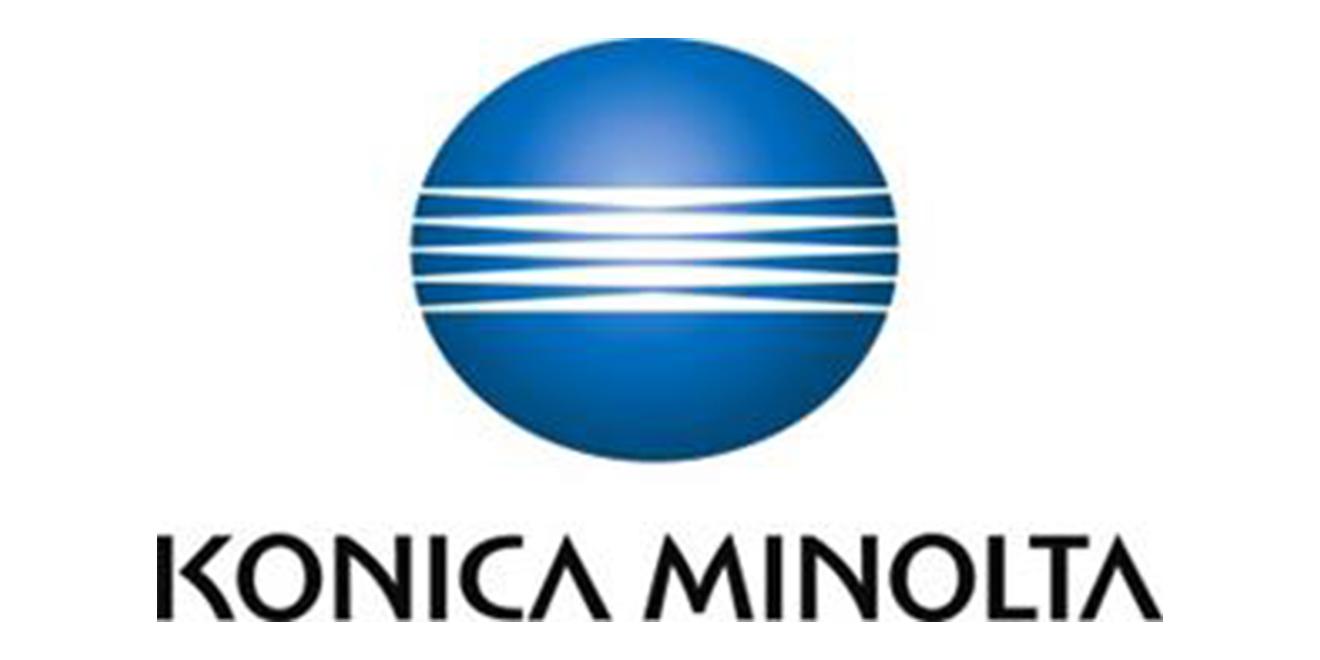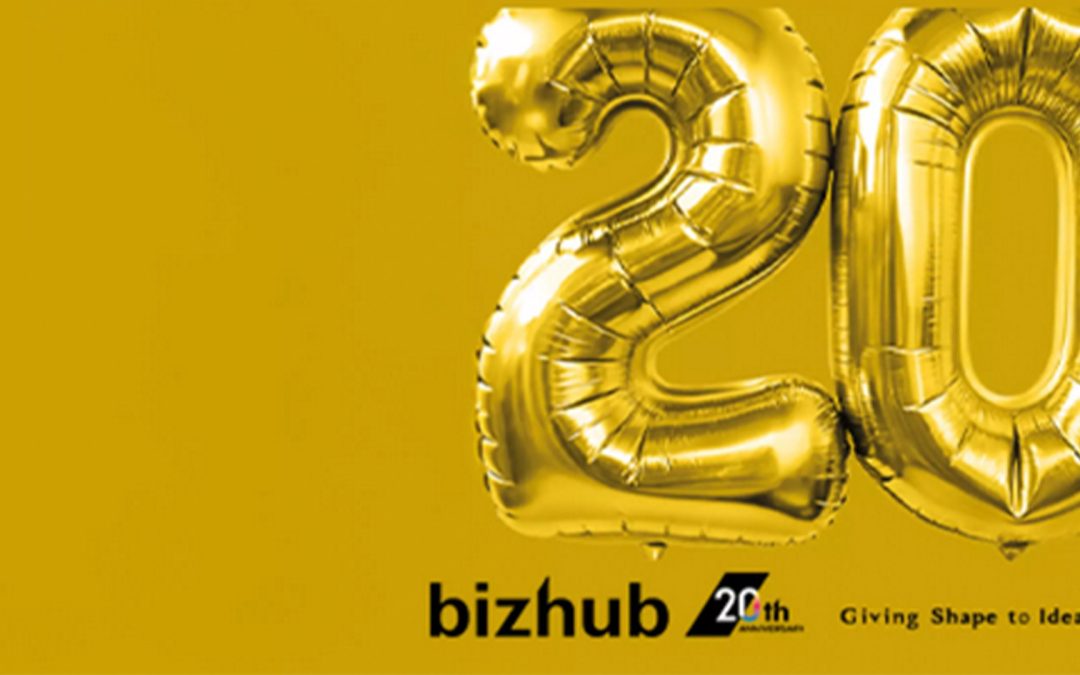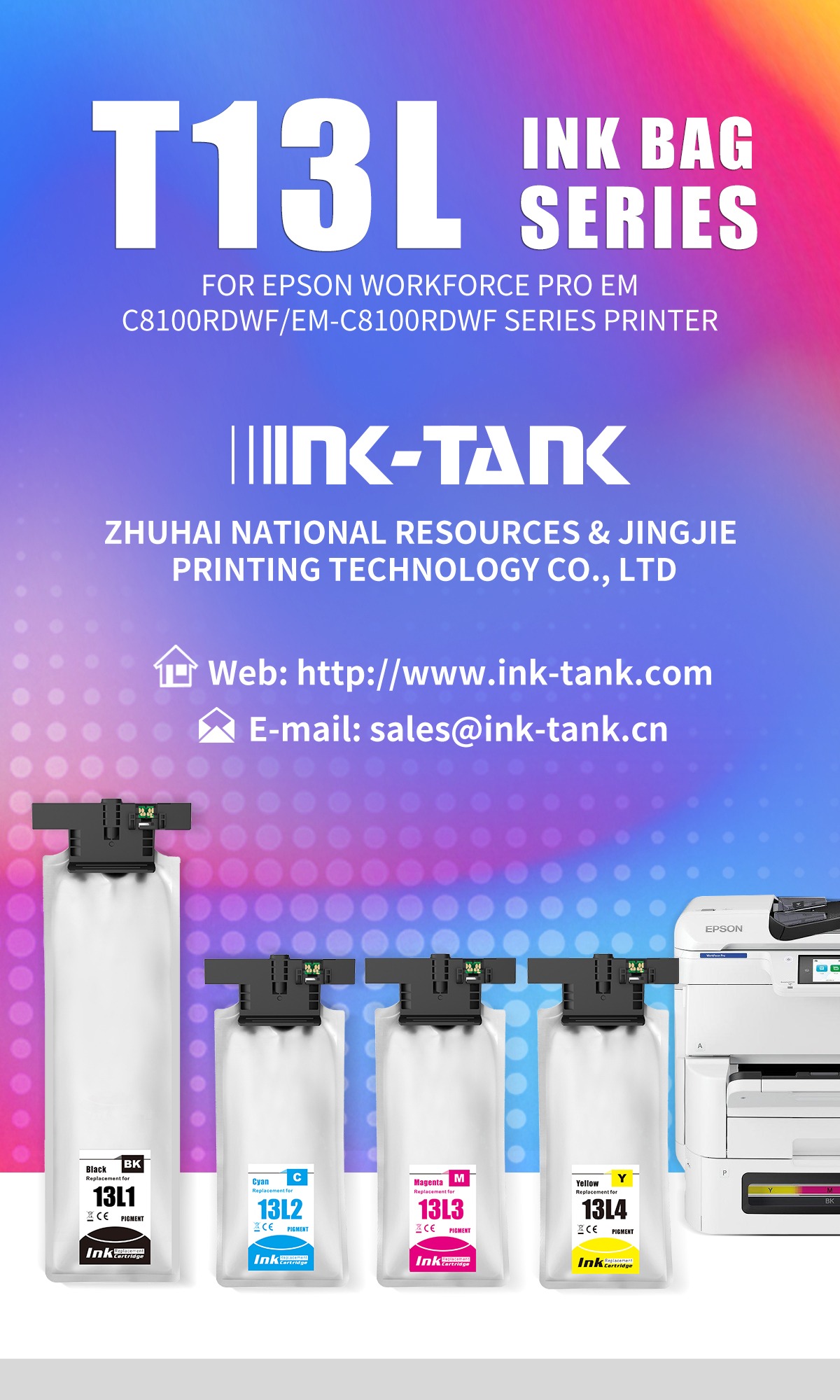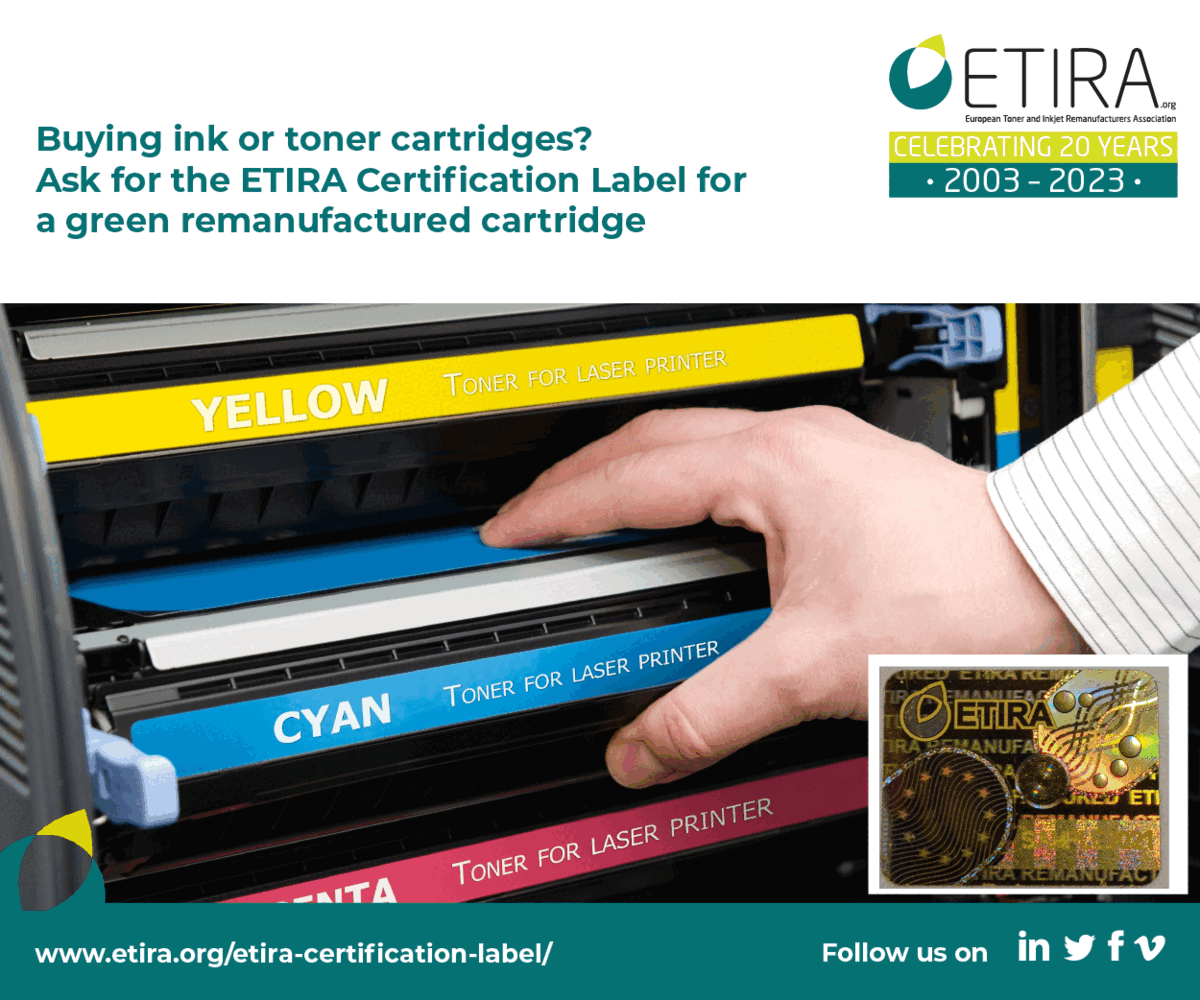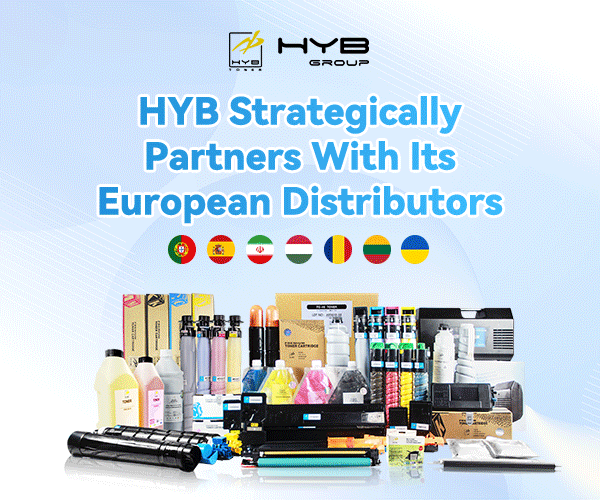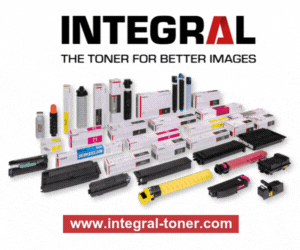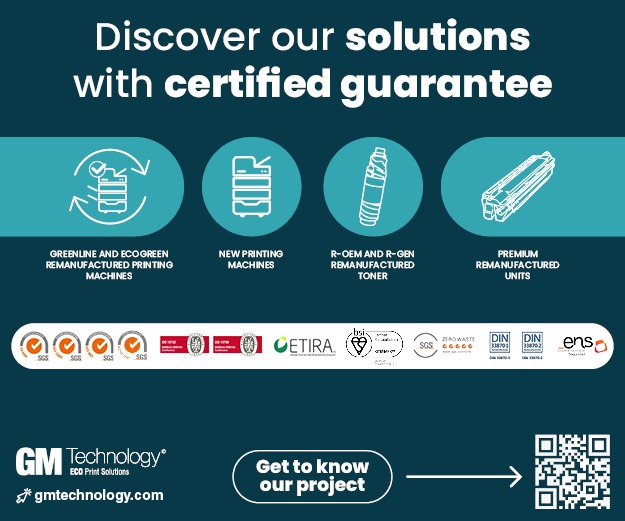Konica Minolta, Inc. (Konica Minolta) announced that its data scientist won the 13th prize in Santa 2024 – The Perplexity Permutation Puzzle – hosted by the world’s largest AI competition platform, Kaggle, and received the gold medal together with other winners.
 In the Kaggle competition, many world-leading data scientists and machine learning engineers vie to prove their skills. Being among the winners of this prestigious competition has raised international awareness of the Company’s design and technical prowess in data science and AI engineering.
In the Kaggle competition, many world-leading data scientists and machine learning engineers vie to prove their skills. Being among the winners of this prestigious competition has raised international awareness of the Company’s design and technical prowess in data science and AI engineering.
A data scientist of Konica Minolta and members of the University of Electro-Communications, including Professor Kei Harada (Department of Informatics), formed a joint team to participate in the competition and won the gold medal.
“It is a great honour to win the gold medal with faculty members of the University of Electro-Communications, who gave generous support. Kaggle is one of the few platforms where global data scientists can work on the same task and share various approaches, making it a very useful learning space,” said Yamaguchi. “I will use the knowledge gained through the competition in my work and will keep deepening my knowledge with the aim of winning the higher title of Kaggle Master.”
The task of the competition, which was called “Santa 2024 – The Perplexity Permutation Puzzle,” was to rearrange texts consisting of up to 100 English words to create the most natural texts for a Large Language Models (LLM). This required efficiently searching for solutions from the huge number of combinations of words, making the competition extremely difficult.
The team comprising Konica Minolta’s data scientist and three members from the University of Electro-Communications achieved high scores by combining various techniques, such as Simulated Annealing, Genetic Algorithm, and Iterated Local Search.
Notably, the team succeeded in efficiently finding optimal solutions by introducing multiple neighbourhood operations, which are also used for the Traveling Salesman Problem (TSP), and by properly adjusting hyperparameters for the experiment to avoid local optimal solutions. Consequently, the team was able to produce good results.
Some of the techniques used in the competition have been applied to Konica Minolta’s “Production DX” and have helped optimise production conditions, logistics routes, and production plans while considering various constraints.

